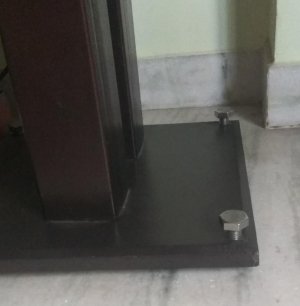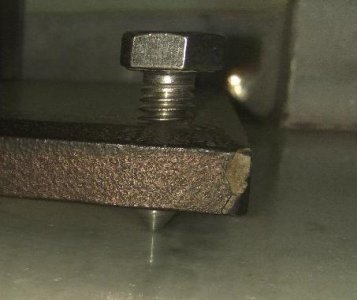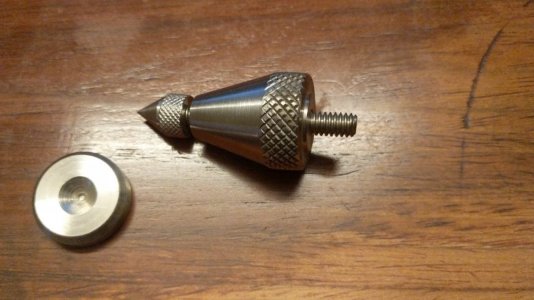Be aware, when you use spikes, the omnidirectional bass waves roll into the void between the floor and the bottom of the speaker enclosure. Depending upon the speaker's design ( if there was a bass reflex port near the bottom of the enclosure ) this will create a host of unwanted and to-be-avoided problems. ( out-of-time reflections off walls, etc. )
The solution, with such speakers, is to be sure the void does not exist, AND, very very important, that the reflex port's wave path to the floor is 100% FLUSH with the front of the cabinet.
On a good system 1/32nd of an inch in flushness asymmetry, is highly audible . I have just discovered this, on my ALTEC A7/825 enclosures, over the last three months. The amount of bass waves coming out of a reflex port, its wave path, and a speaker's loading to the floor, is misunderstood and can be critical ....... in speaker designs.
Jeff




